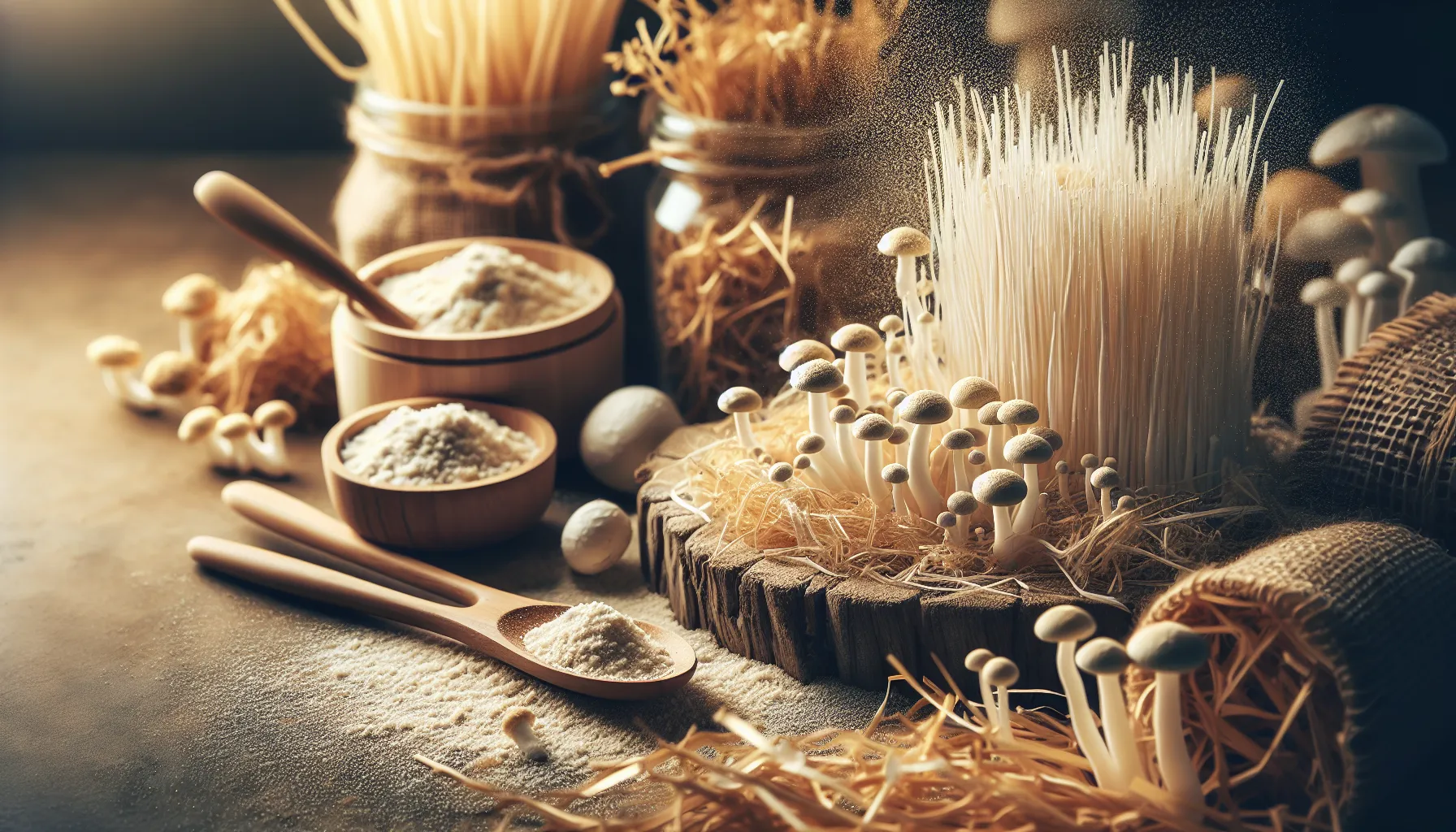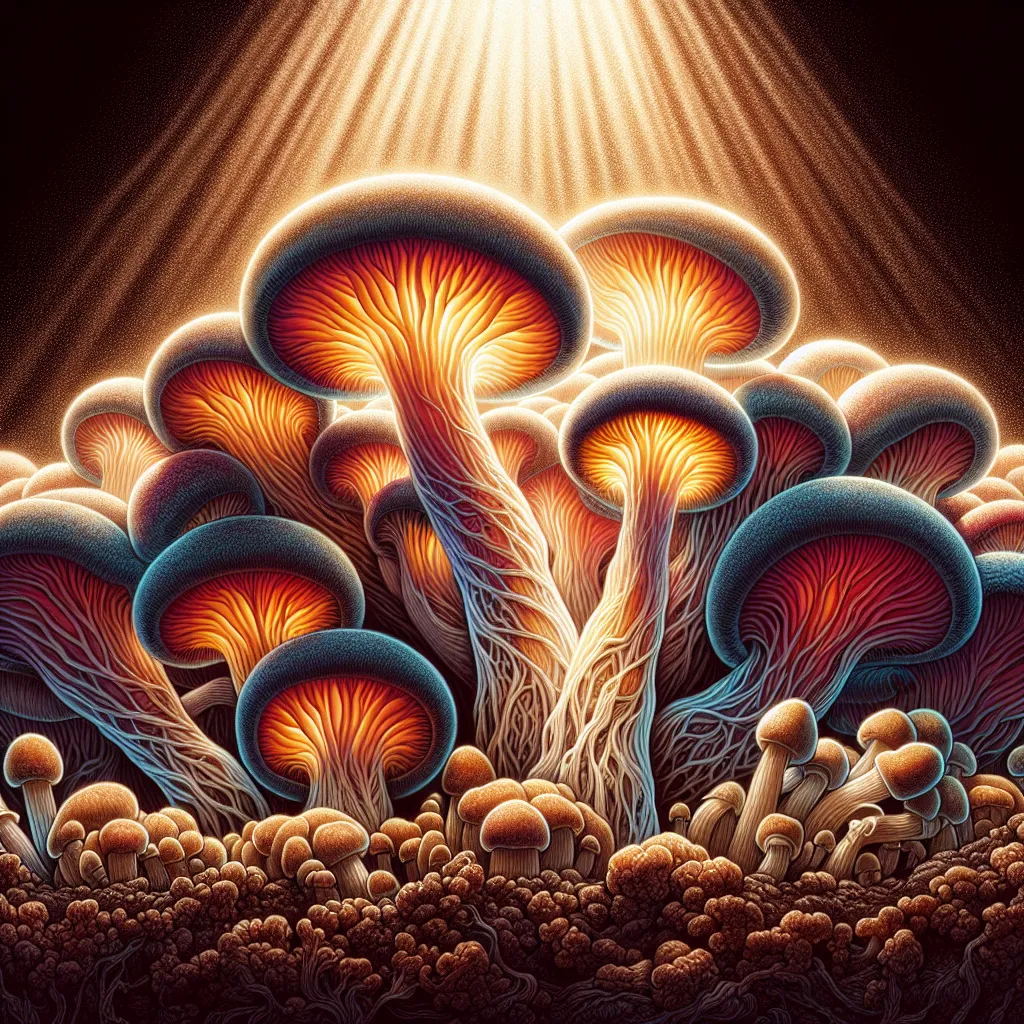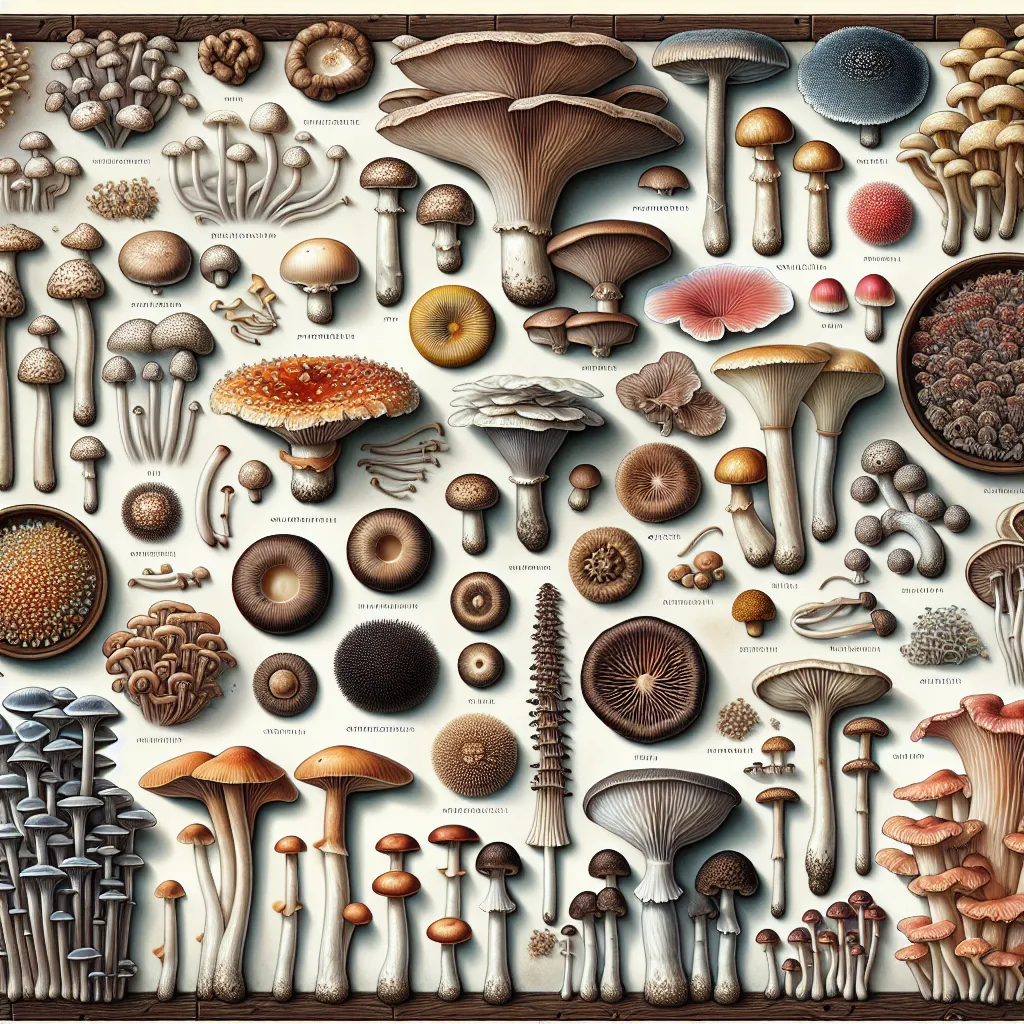Mushroom cultivation is an increasingly popular hobby and business venture due to mushrooms’ culinary versatility, medicinal properties, and relatively low startup costs for growing. Almost anyone can get started with a bit of soil, mushroom spores, and a darkened room. Whether you’re a gourmet chef looking to grow your own specialty fungi, or a home gardener curious about this fascinating form of agriculture, this guide will walk you through the essentials of mushroom cultivation.
Introduction to Mushroom Cultivation
Mushrooms are not technically plants; they are the fruiting bodies of fungi that grow from a thread-like web called mycelium. This mycelium grows on and gets its nutrients from various forms of decaying organic matter. Unlike plants, mushrooms do not require sunlight to grow, making them an ideal crop for indoor cultivation.
Selecting Your Mushroom Species
Before you start, you need to decide which type of mushroom you want to grow. Some of the easier varieties for beginners include:
- Oyster Mushrooms: Known for their rapid growth and ease of cultivation.
- Shiitake Mushrooms: Prized for their rich flavor and health benefits.
- Button Mushrooms: Common in grocery stores, they’re familiar to most consumers.
Research on the specific growing requirements for your chosen species is crucial. For example, some mushrooms grow best on logs, while others prefer straw or compost.
Step 1: Obtaining Mushroom Spores or Spawn
Mushrooms reproduce through spores, which can be bought as spore syringes or spawn. Spawn is the mycelium growing on a substrate, such as grain, and is easier for beginners to handle.
Here is an excellent resource for purchasing quality mushroom spawn.
Step 2: Preparing the Substrate
The substrate is the growing medium that provides nutrients for your mushrooms. Common substrates include straw, wood chips, and sawdust, depending on the mushroom species. Preparing the substrate often involves pasteurization to kill off any unwanted bacteria or fungi.

Step 3: Inoculation
Inoculation is the process of introducing the spawn to the substrate. This should be done in a clean environment to prevent contamination. Once the spawn is mixed with the substrate, it’s packed into bags or containers and left in a dark place to colonize.
Step 4: Incubation
During the incubation phase, the mycelium consumes the substrate and expands throughout it. This stage requires specific temperature and humidity conditions, which vary by mushroom species.
Step 5: Fruiting
After the mycelium has fully colonized the substrate, changing the environment prompts the mushrooms to start fruiting. This usually involves introducing fresh air, lowering the temperature, and sometimes light, depending on the species.

Step 6: Harvesting
Mushrooms are ready to harvest before the veil underneath the cap breaks. They should be picked with a gentle twist rather than pulled to avoid damaging the mycelium.
Step 7: Post-Harvest Care and Storage
Once harvested, mushrooms must be stored properly to maintain their quality. Most mushrooms can be refrigerated for up to a week, while some can be dried and stored for months.
Troubleshooting Common Problems
- Mold and Contamination: If you see mold or an off-color in your substrate, it’s likely contaminated. This is often due to improper sterilization of the substrate or inoculation tools.
- Poor Yield: This could be due to a lack of nutrients in the substrate, incorrect temperature or humidity, or not enough fresh air.
This resource offers solutions for common mushroom growing problems.
Scaling Up Production
Once you’re comfortable with the process, you can scale up your production by investing in larger growing spaces and more sophisticated equipment to control environmental conditions.
Conclusion
Mushroom cultivation can be a rewarding endeavor, providing you with delicious and nutritious food right from your home or garden. By following these steps and paying close attention to the needs of your chosen mushroom species, you can become a successful mushroom grower. With patience and practice, you’ll learn the nuances of this unique form of agriculture and enjoy the fruits of your labor—both literally and figuratively.
Remember, each type of mushroom has its own specific requirements, and part of the magic of mushroom cultivation is learning through experience. Whether you’re growing for personal use or for the market, the world of fungi is full of wonders to explore.

